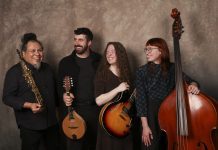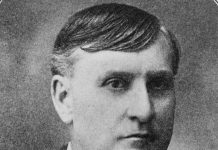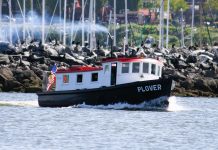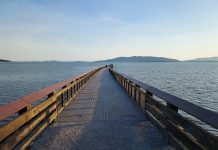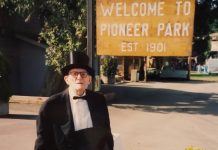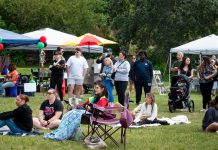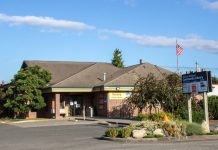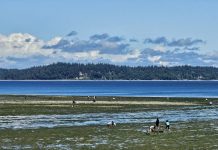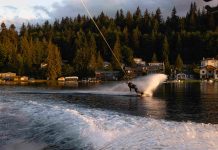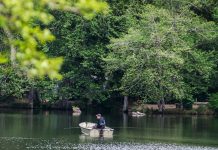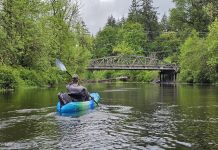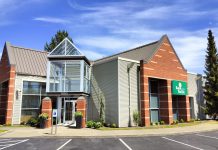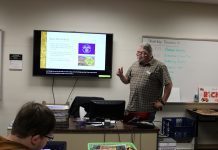Throughout Washington State, the Discover Pass allows parking access for state parks and other recreational lands. This pass can unlock coastal, riverside, lakeside, forest, and mountain destinations across the Whatcom County map.
Annual passes typically cost $30–$35 (depending on dealer fees). They are available to buy from select retailers, hunting and fishing license vendors, park pay stations, and online.
In addition to the Washington State Parks system, the Discover Pass provides parking access at recreational lands managed by other state agencies. The Washington Department of Fish and Wildlife (WDFW) designates hunting, fishing, and wildlife preservation areas. The Washington Department of Natural Resources (DNR) manages not only hilarious social media, but conservation sites and mountain roads across the county.
The pass’ website offers a list of Discover Pass Free Days. Every other time of year, the Discover Pass is your ticket to adventure in Whatcom’s wilds.

State Parks
Whatcom County has three state parks where visitors can park with their Discover Pass, or buy one or a One-Day Pass at pay stations.
Larrabee State Park has the distinct honor of being Washington’s first state park, established in 1915 by Frances P. Larrabee in her husband Charles X. Larrabee’s memory. Built along Chuckanut Drive, it offers access to Fragrance Lake, the Interurban Trail, and other trail systems throughout the Chuckanut Mountains. At the park proper, visitors can enjoy campgrounds, picnic shelters, forest hikes, and walks or shellfish harvesting on Chuckanut sandstone beaches.
Birch Bay State Park abuts conservation areas such as the Terrell Creek Marsh estuary and 60-acre Birch Bay Conservancy Area. Founded 1954, the park welcomes visitors to swim, paddle, windsurf, and walk or bike along Birch Bay Drive. With WDFW permits, visitors can go fishing, crabbing, and shellfishing. The park also offers a campground with over 147 tent sites and 20 hookup sites, plus education at BP Heron Center.
Peace Arch State Park is unique internationally as both a state and provincial park at the Canadian border. The 1921 monument by Sam Hill commemorates 100 years of peace with Canada, and has seen historic peace protests for over 100 years since. Visitors can walk between borders within park boundaries, enjoying bay views and picnic facilities.
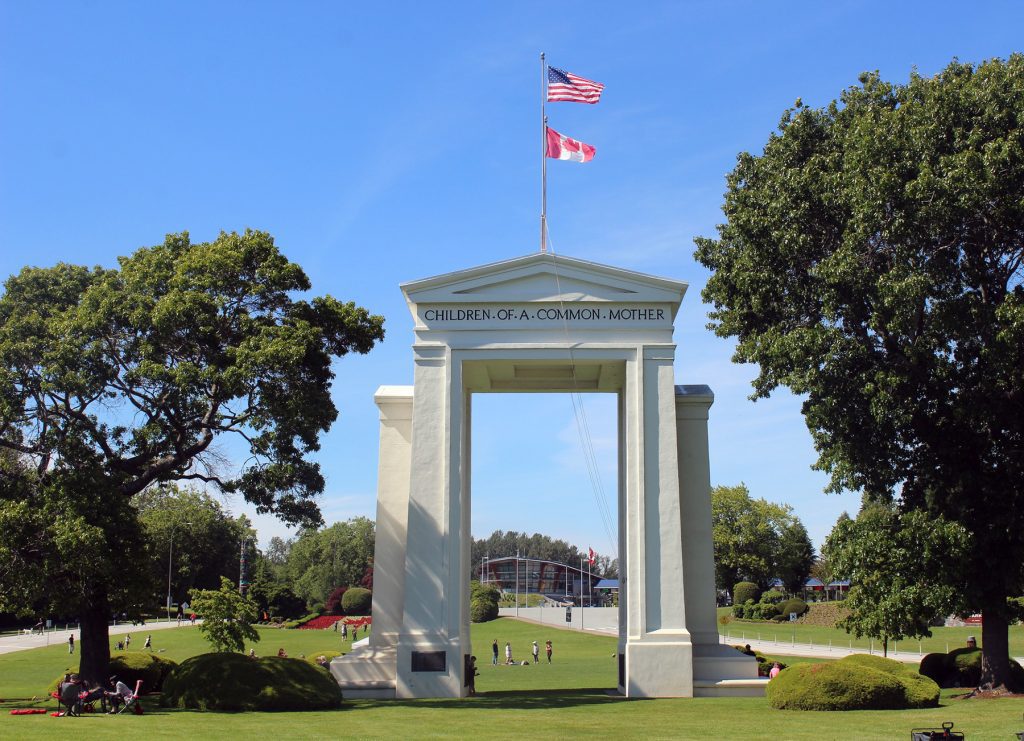
Recreational Lands
The DNR’s closest nearby state forest lies just south of the county line on Chuckanut Drive. Blanchard State Forest and Samish Overlook are renowned statewide for hiking, biking, and hang gliding and paragliding opportunities, as well as spectacular views of the San Juan Islands and Skagit Valley.
In the Chuckanuts, the WFDW offers Discover Pass parking along Cleator Road. Hikers, bikers, and horseback riders can take Two Dollar Trail 1.7 miles to Fragrance Lake or travel up Cleator Road alongside motorists to enjoy island and mountain views from Cyrus Gates Overlook.
Most DNR recreational lands in Whatcom County lie east of Lake Whatcom and west of the North Cascades. Many overlook the Twin Sisters and Mount Baker. Canyon Lake Community Forest, Van Zandt Dike, Stewart Peak, Slide Mountain, and Sumas Mountain offer hiking, biking, and wildlife viewing access by peaks strewn with old growth forests and streams. East of Acme, South Fork Park offers hiking and equestrian trails by active farmland.
The WDFW has also designated several water-access sites where fishers, boaters, and other recreationists need a Discover Pass to park. Sites along the Nooksack River are named Ferndale, Harksell Road, Hof, De Groot, Proctor-Rupke, and Nugents Corner.
Other water-access sites may allow public parking, but require passes for visitors to use boat launch or shore fishing facilities. The WFDW monitors Lake Terrell, Tennant Lake, Wiser Lake, Lake Fazon, Silver Lake, Toad Lake, Squalicum Lake, Lake Whatcom, Lake Padden, Lake Samish, and Cain Lake.
Wildlife Areas
The WDFW also maintains Wildlife Areas of interconnected habitats across the county.
The Lake Terrell, Intalco, and British Petroleum Wildlife Area Units preserve wildlife in cooperation with nearby refineries. The BP site offers waterfowl and pheasant hunting, the Intalco site the 2-mile Intalco Archery Range with 29 shooting stations, and Lake Terrell access for boating and fishing.
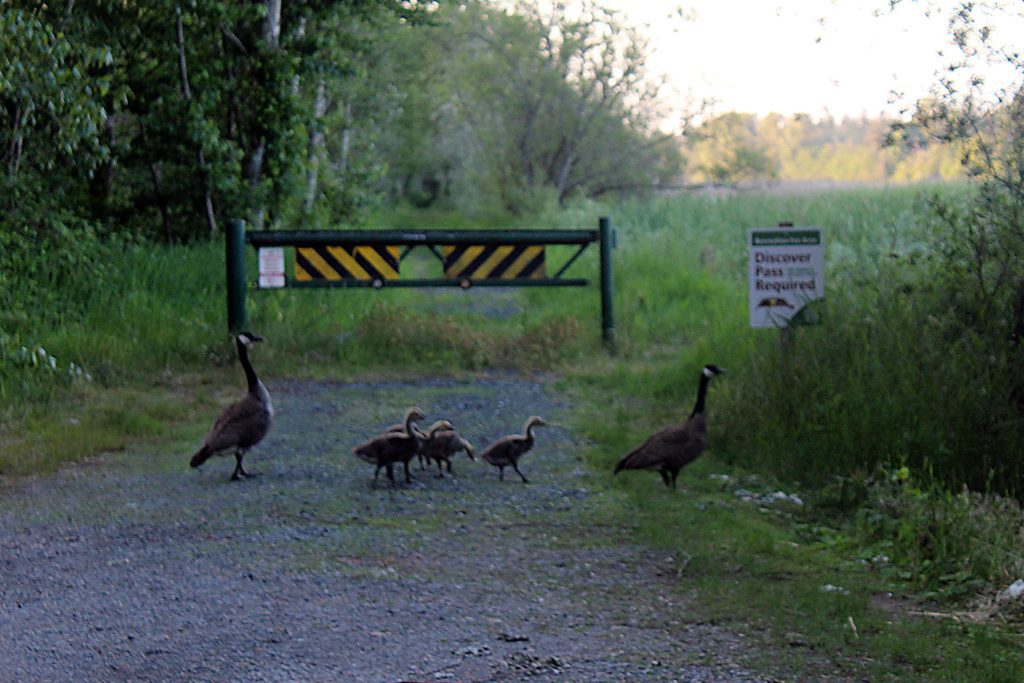
The Nooksack and Tennant Lake Wildlife Areas intersect from the Discover Pass trailhead parking on Marine Drive to Tennant Lake itself. The 1.5-mile Tennant Lake to Marine Drive Trail allows for hiking, biking, and wildlife viewing by riparian habitats undergoing restoration. At Tennant Lake, visitors may enjoy Fragrance Garden, its watchtower and interpretive center, a lakeside boardwalk trail, seasonal deer and waterfowl hunting, and access to Hovander Homestead Park.
By Old Samish Road in the Chuckanuts, the Pine and Cedar Lake Unit offers mountain lake fishing and camping (without fires). Visitors can enjoy steep, scenic hikes on the 2.5-mile Pine and Cedar Lakes Trail, but no horseback riding or biking to preserve wetland habitats.
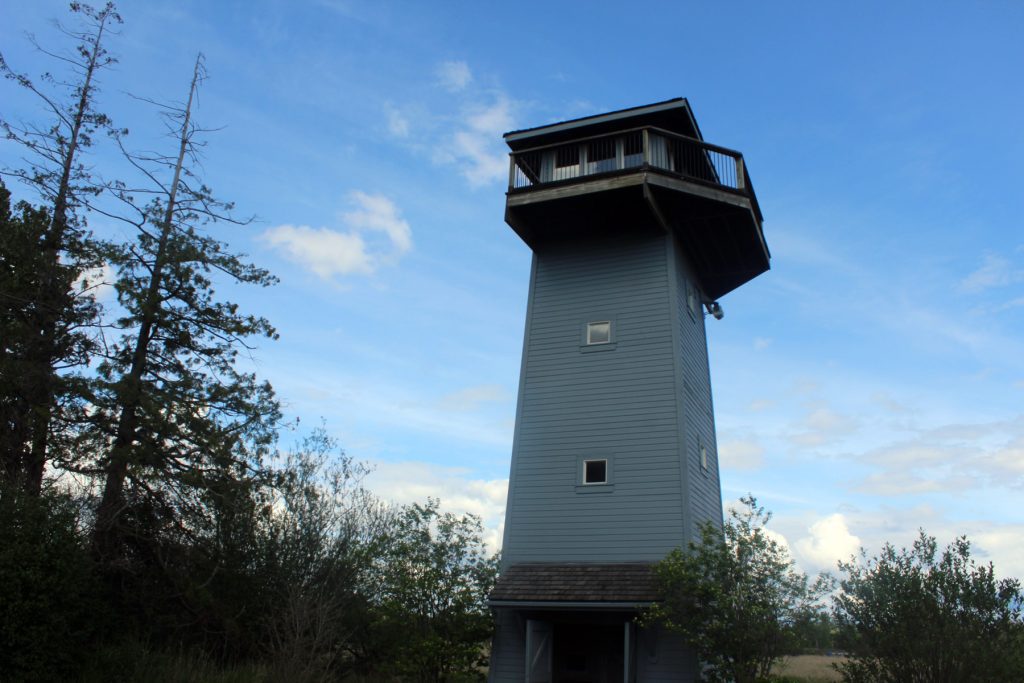
Finally, the Lummi Island Wildlife Area Unit takes visitors to the remotest part of western Whatcom County. Protecting peregrine falcon nests, it is accessible only by foot traffic from Lummi Island Heritage Land Trust parking. Pets are not allowed.
To respect recreational lands and their preservation of wildlife, always remember to heed regulations and leave no trace.




